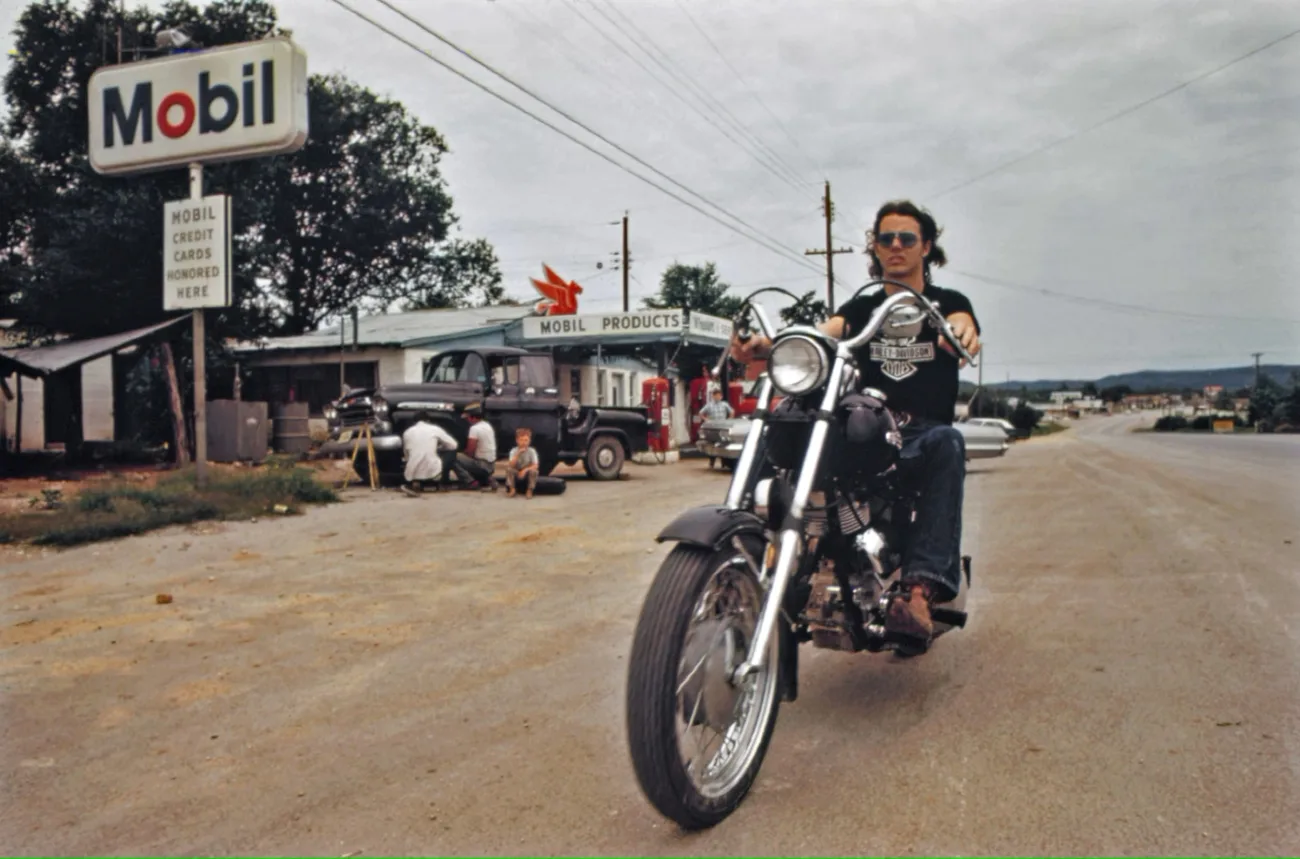4 minute read
Motorcycles in America have transcended from mere machines to cultural icons, weaving a rich tapestry through the nation’s history.
But how has this dynamic subculture transformed over time? From the postwar Harley-Davidsons roaring onto the scene to today’s eco-conscious electric models carving new paths, let’s explore the milestones that charted its course and consider how evolving laws mirror these shifts within biker communities.
The Birth of Biker Culture
Post-WWII, motorcycles started to become incredibly popular in the USA. Clubs formed, symbols of brotherhood took to leather jackets, and by the late 1940s, films like The Wild One were immortalizing this emerging biker ethos and taking the culture to a larger audience.
This period was critical; it planted seeds that grew into today’s diverse motorcycle communities—each with its distinct flavor but all sprouting from the same historical roots.
Navigating the Cultural Shift: The 1960s and Beyond
The 1960s marked a pivotal turning point, where motorcycles began to symbolize counterculture. As America embraced peace and love, bikes like the chopper became emblems of freedom; they were not just vehicles but statements against conformist society. Movies like Easy Rider captured this spirit, reinforcing the motorcycle’s image as a tool for self-discovery and social noncompliance.
Though, perhaps ironically, it was the emergence of the Hells Angels in popular culture during the late 1960s (even though the club had been established back in the late 1940s) that began the end of the hippy movement.
Into the 1970s and beyond, biker culture continued to diversify, setting the stage for future inclusivity where motorcycles would no longer be solely tied to rebellion but also recognized as part of mainstream leisure and sport.
Adapting to Modernity: The Evolution of Motorcycle Laws
As the biker image softened from outcast to enthusiast, laws too began reflecting these broader cultural shifts.
Helmet laws, initially resisted as an infringement on freedom, gained acceptance in many states long before the turn of the century; with safety becoming a paramount concern for riders and legislators alike.
Plus, noise ordinances and environmental regulations started shaping the machines themselves—quieter engines, cleaner emissions.
Today, there are lots of laws concerning motorcycle riders. However, the laws can vary greatly from one state to another. For instance, Oklahoma motorcycle laws include requiring a license, using a helmet when riding, and abiding by local traffic laws.
The Circuit Today: Diversity and Inclusivity in Modern Biking
Today’s motorcycle scene thrives with a spectrum of riders who break the mold of traditional stereotypes. Women, historically on the fringes of biker culture, are now a growing demographic, leading to more gender-neutral gear and motorcycles designed for different body types.
Racial and ethnic diversity among riders has also marked a significant cultural change, fostering clubs that celebrate this inclusivity.
Additionally, charity rides and family-friendly events have further softened motorcycles’ gritty image.
This current landscape reveals not just an acceptance but an embrace of variety that echoes America’s melting pot ideology within the rumble of engines across the country.
The Road Ahead: Emerging Trends in Motorcycle Technology
In line with the eco-conscious and tech-savvy ethos of 2024, motorcycle manufacturers are revving up innovation to satiate demand for sustainability and advanced technology.
Electric motorcycles are becoming increasingly common, noted not just for their environmental friendliness but also for their instant torque and hushed operation.
Paired with this green leap forward is a rise in connected technology—integrated systems that offer navigation, ride analytics, and even safety features like collision avoidance.
The Takeaway
To summarize, let’s throttle through the key points:
- Post-WWII America witnessed the genesis of biker culture, steeped in brotherhood and rebellion.
- The 1960s brought motorcycles to the foreground of counterculture and prompted legal responses.
- Evolving laws mirrored society’s changing views on safety and environmental responsibility.
- Today’s motorcycle community boasts diversity, challenging and reshaping old stereotypes.
- Advancements in technology prioritize sustainability with electric bikes and enhanced connectivity features.
The journey of motorcycle culture is a testament to America’s spirit—a story of constant evolution on the open road. And the culture is sure to evolve even further as we progress through the twenty-first century.





